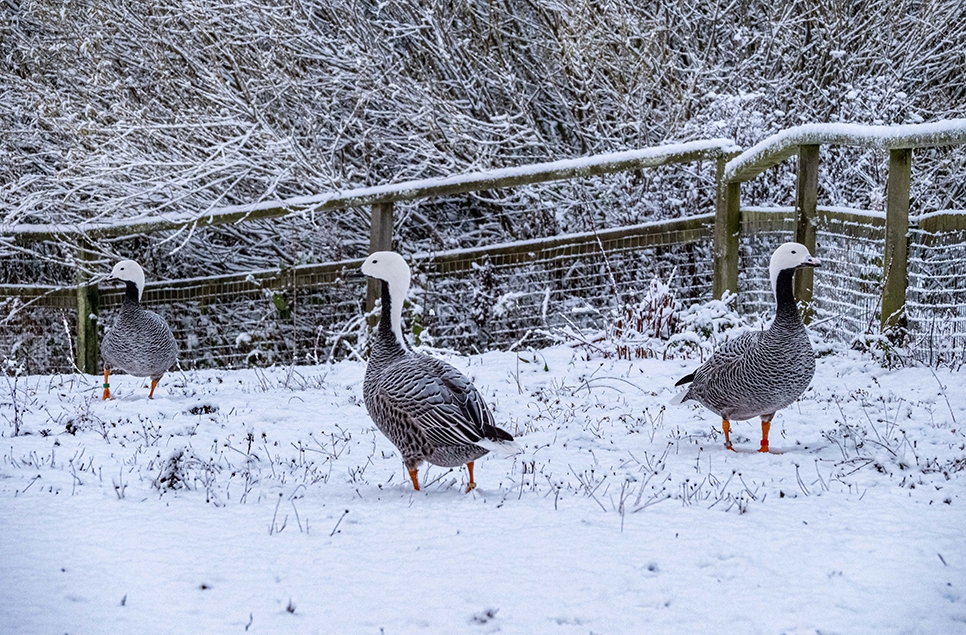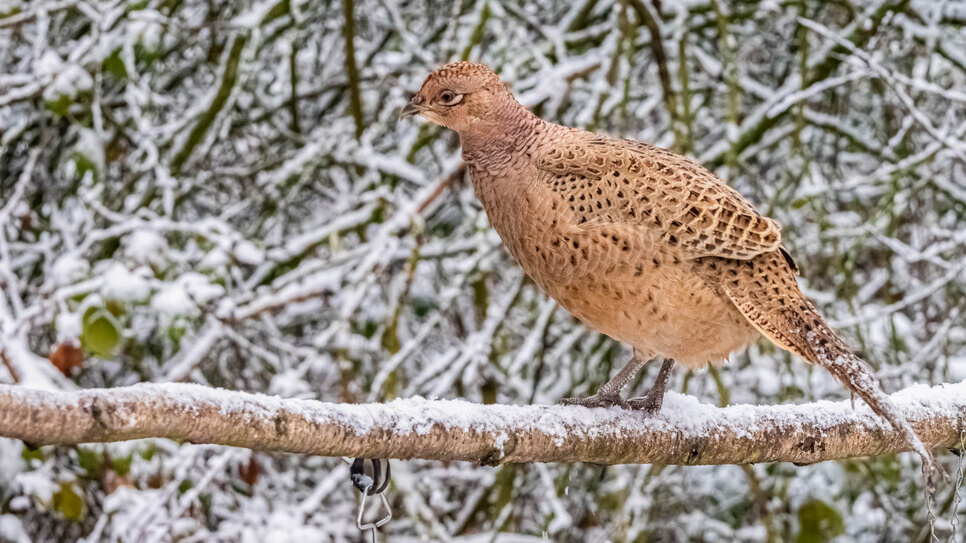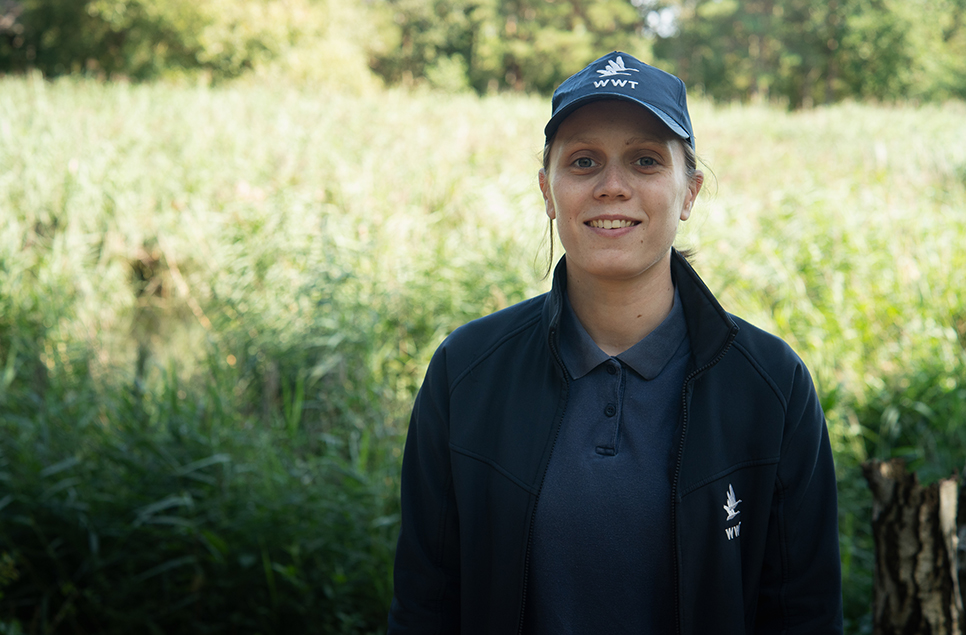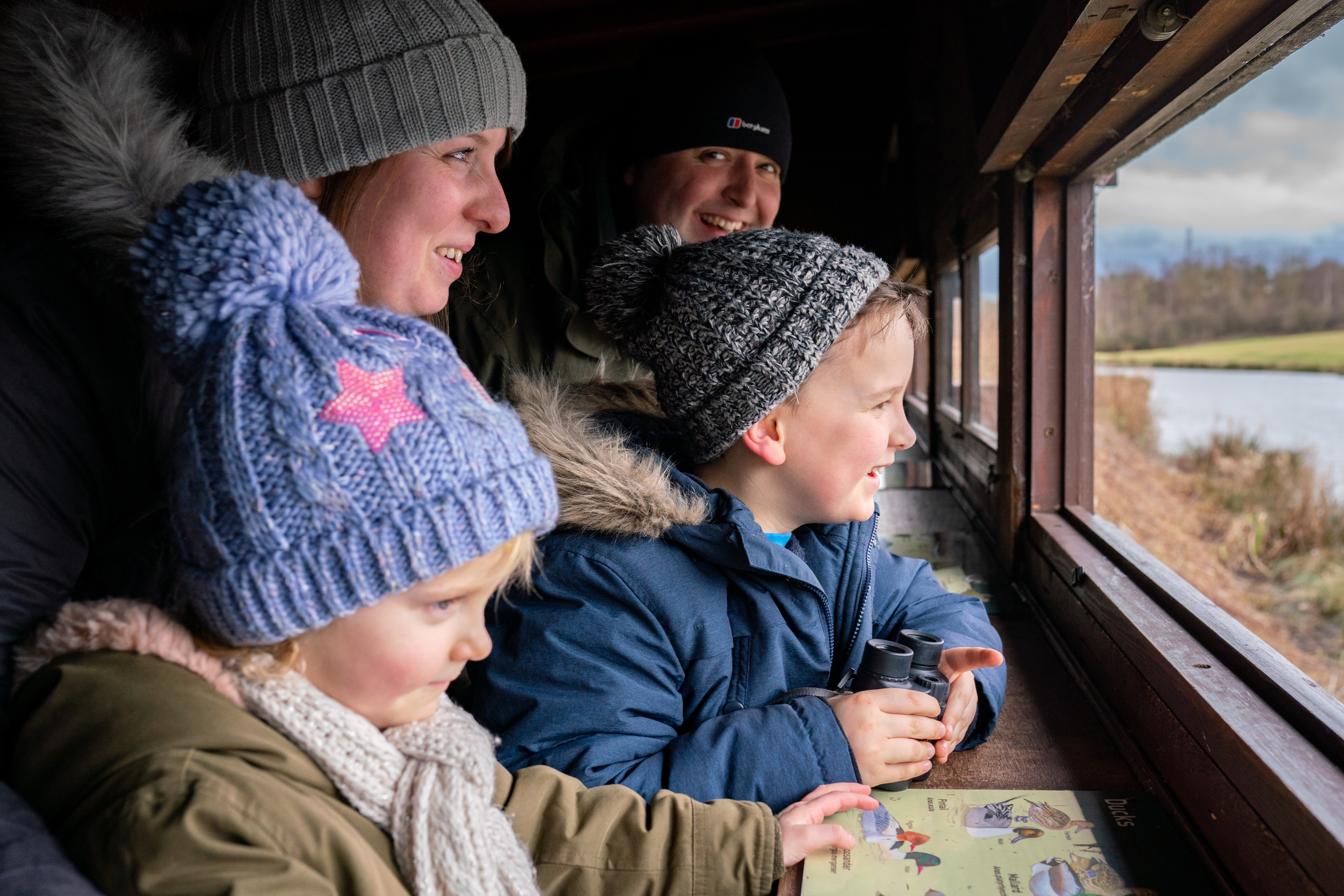Tree works - October 2020
Essential tree works will be commencing on Monday 12 October 2020
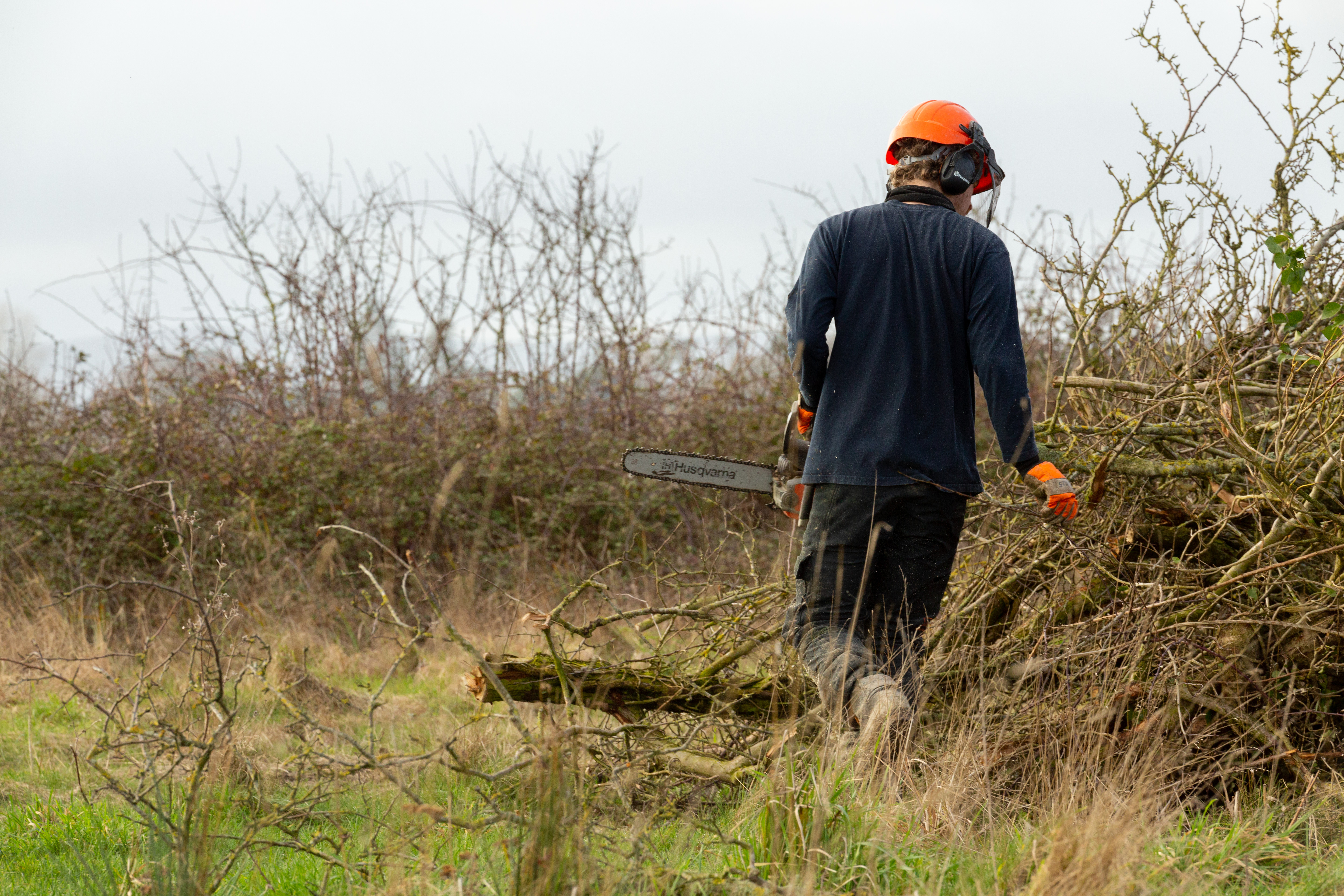
Essential tree works will be commencing on Monday 12 October 2020 - there are very important reasons why it is vital for us to maintain these areas and manage the trees effectively both for safety and for other wildlife.
Many of you will already be aware that, alongside all of the other habitats here, a lot of our team’s time is spent managing the woodlands on site. They’re a vital habitat for all of the other flora and fauna which occurs here. They filter the air and provide oxygen, act as shelter, provide homes and nest sites, act as host to fungi, lichens, moss and algae, store water and protect the soil from erosion, amongst other things. Even dead trees are massively beneficial as part of a well rounded environment.
It's essential that we maintain healthy and diverse woodlands across the land we manage and part of this does include sometimes removing trees which are ill, too large to allow younger trees to flourish or have become unsafe to staff and visitors due to damage or, in the case of larger trees, loss of roots due to ill health or the tree having died.
Each year, as part of our tree succession plan (scheduled annual works which ensure a healthy tree canopy for decades to come) we incorporate findings from our annual tree survey, undertaken by an external expert arborist (tree expert). We have been aware for some time that, like lots of parts of the country, our site had ash die back disease on site. Ash die back disease is a highly destructive fungal disease affecting ash trees. It causes leaf loss and canopy decline and in some cases causes the trees to die.
The disease was first officially recorded in the UK in 2012 and is now widespread across England, Wales and Scotland. We have been managing this disease on site for the past couple of years by removing ash trees and replacing them with different species which offer similar features. We usually plant c1,000 new trees each year. This year’s survey (and our reserve team’s surveys throughout the year) have identified that there has been a dramatic increase in the number of our ash trees suffering from die back, predominantly due to the weather conditions over the past 12-18 months. There have been long dry spells over this period and this causes “stress” in trees as they have to work harder to find the water they need. This stress can cause any disease to take hold very quickly and die back has been known to kill trees within as little as two growing seasons. This particular disease causes trees to become extremely brittle and this presents a danger, especially in larger trees. It’s important that all of our staff, volunteers and visitors are safe whilst on our land and that we support the woodlands to be as healthy as they can be.
This means that over the next few weeks, we'll be removing a lot of ash trees from our land, including around our car park and across site to make things safe and to prepare for planting alternate species. We won’t be removing all the affected trees. In areas where there is no risk to people or animals, the trees will remain. Even if the trees in these areas do fully succumb to the disease, they will provide homes and food to insect species and nest sites for a range of birds, so they can still play an active role in the biodiversity of site.
We’ll be planting additional trees on top of those we routinely plant annually and the table below explains what we’ll be planting to enrich the habitats across site in areas where we’ll be removing higher numbers of ash trees.
| Where | Why | |
|---|---|---|
| Hollowood | Pines and silver birch | These are both taller trees which grow relatively quickly. They’ll provide a taller “corridor” allowing smaller birds to access and move through site safely through providing cover from predators. Pine cones provide high energy food for species such as siskin, mice and deer |
| Spring Gill Wood | Oak and silver birch | Both species store large amounts of water and use it efficiently. They tolerate wetter areas, such as denser woodland, well |
| Across site | Hawthorn and hazel | These species create a great under-story – shorter trees and shrubs which grow underneath the taller tree canopy. The flowers and berries/nuts they provide are excellent feed for pollinating insects, smaller mammals and birds |
